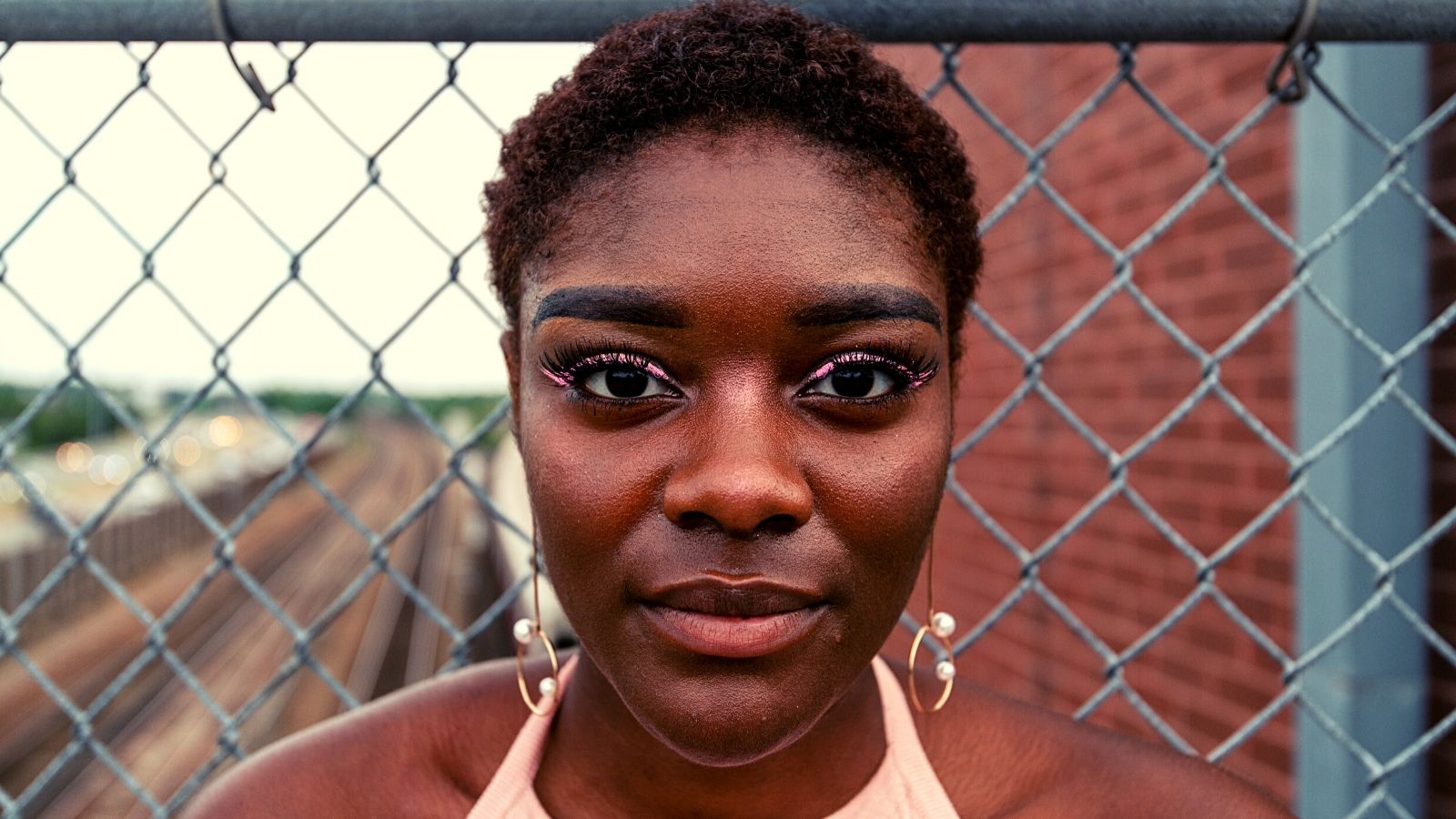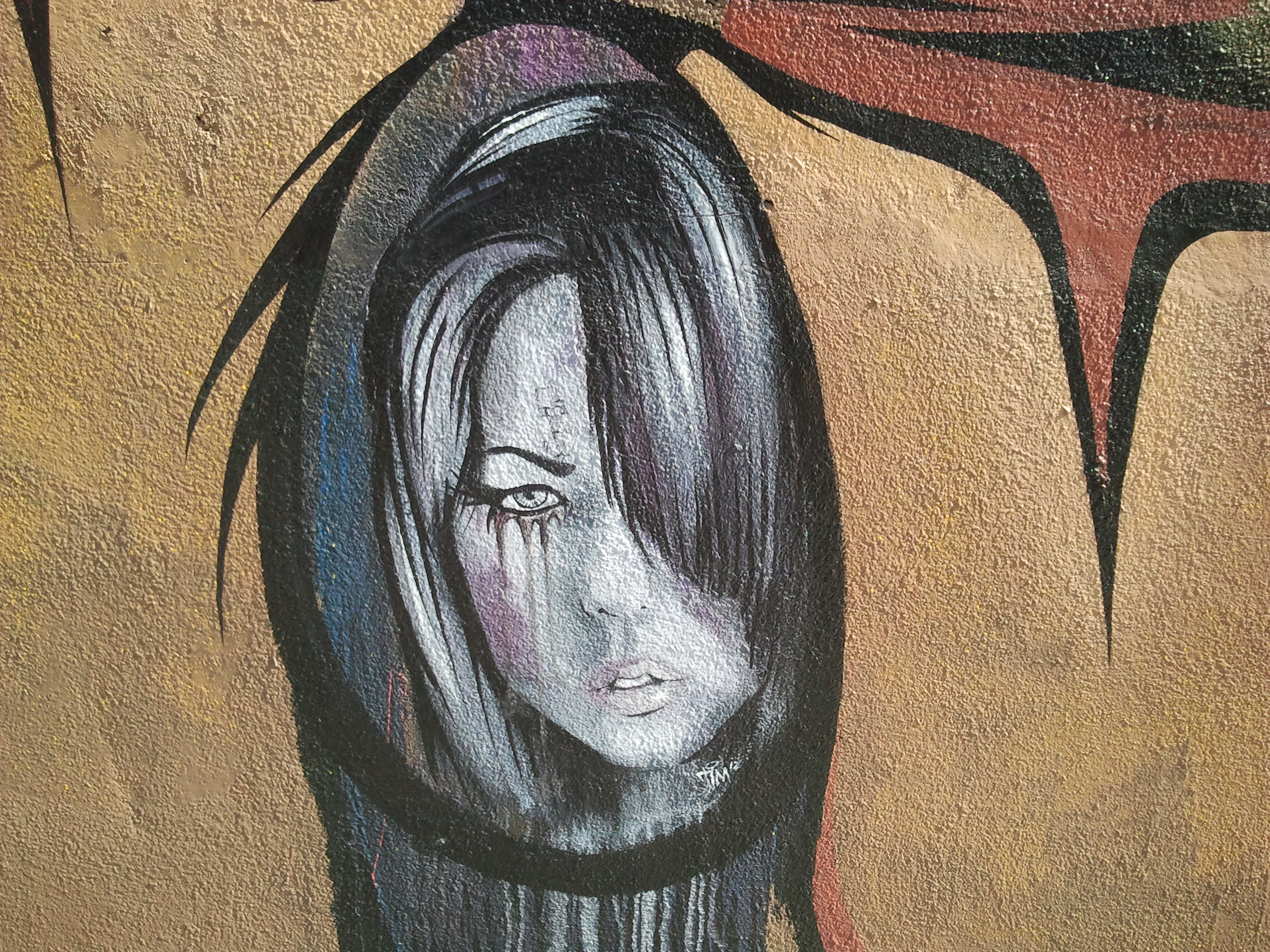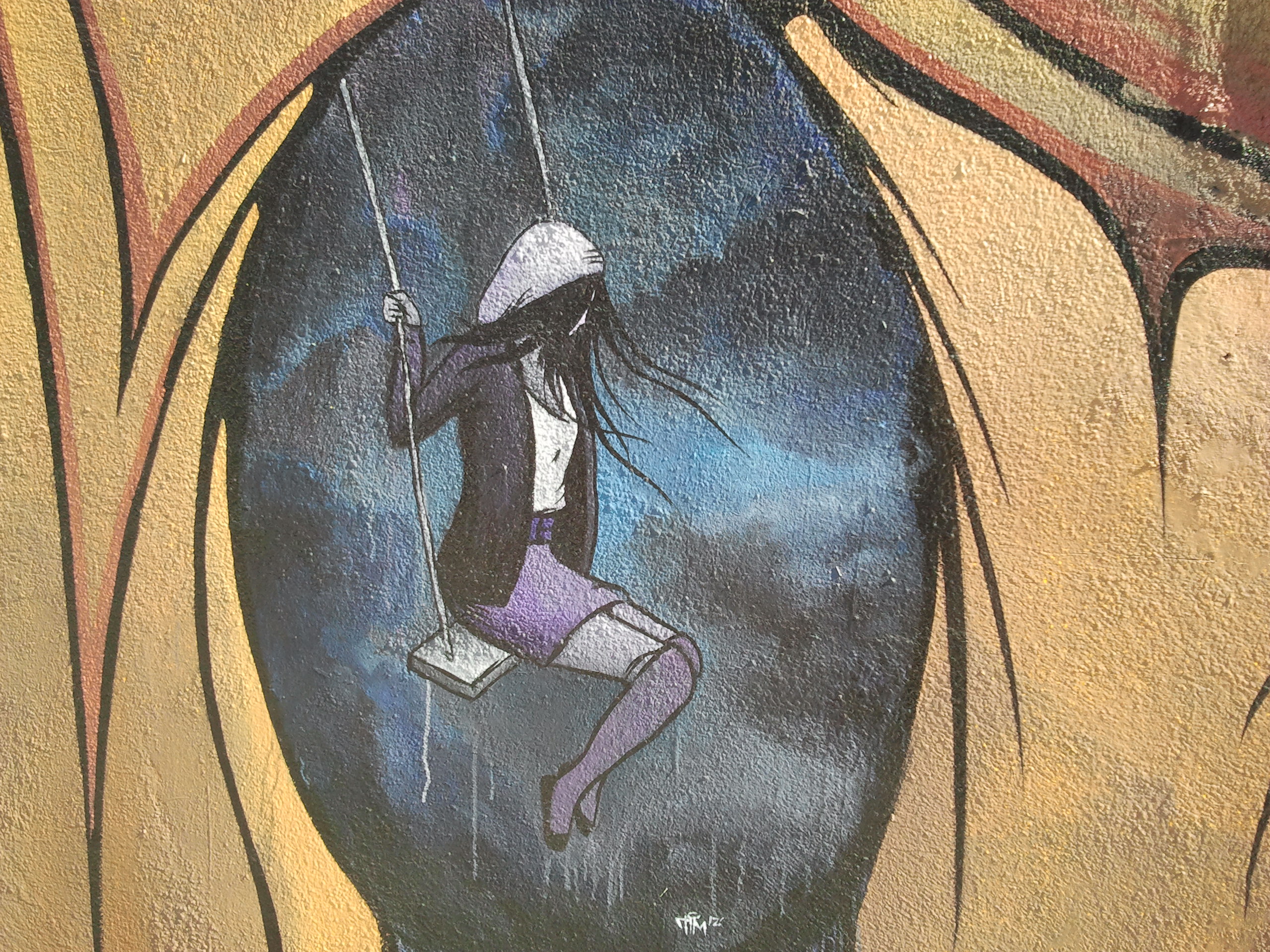
Creativity is a concept that seems to be discussed endlessly these days. There are websites and articles and books and all sorts of exercises on “how to be more creative,” “how to reconnect with your creativity,” and “why creativity is so important.” A lot of these resources offer helpful tips, but many also miss the mark entirely.
The thing about being highly creative is that it’s not all about thinking. This is hard for us to grasp, because as a society, we’re all programmed with the belief that pretty much everything comes down to how we can think harder, think smarter, or think faster. So, when you pick up a popular book on creativity or your manager at work tells you she wants you to be more creative, chances are that you’re being pushed to “think outside the box,” or, “think bigger,” or, in the words of Apple, “think different.”
Think, think, think.
But being highly creative is not just about thinking.
And if you’re an intuitive person who is highly creative, this mistaken belief does more damage to you than anyone else. Because thinking is not the main way you access your creativity. If you are an intuitive person, that means that you’re naturally working from right-brain consciousness. You have the most creative energy and power when you use metaphor, analogy, and symbolism; and when you can explore human motivation, emotion, and connection.
So, if you are an intuitive person, that means you don’t use thinking to do the heavy lifting when it comes to flexing your creative muscle, you use feeling.
The second most damaging misconception about creativity in our culture is that creativity is about the end result, it is the sum of the parts we put together when we’re “being creative.” It is the product. We assume that if someone is highly creative then he or she should be able to point to a long list of items they’ve created: books, or paintings, or photographs, or even cupcakes. We believe that if we ourselves are creative then we will have something to show for it. We will have proof in the form of a tangible thing that we can submit to others for judgment and approval.
However, this is totally false.
The products of creativity are not the end goal, they’re actually more like side effects. And the trait of high creativity is not found in a list of items. It’s a deeply-wired sensitivity to beauty. Again, this is not something that comes from thinking. It’s not about objectively analyzing different things in the world to evaluate if they’re symmetrical, or efficient, or correct, although those elements might come into play. Instead, it’s a natural responsiveness to that which has true beauty—even if that beauty is hidden or hard for others to see—and it’s inherent in the highly creative person.
This perspective on what makes for a highly creative person is so hard for us to accept because we’re just not trained that way. We are programmed by our schools and our workplaces to judge ourselves and others. We are told there is a right way to do things. There is a correct method one should use when writing a book, painting a picture, or even just coloring with crayons. We’re supposed to color in the lines. We’re supposed to make the trees and the grass green and the sun yellow. And if we don’t do things in this way, someone quickly speaks up and tells us that we’re doing it wrong.
So, what we end up with is a whole lot of intuitive, highly creative people in society who never own their gifts, and who most of the time don’t even believe they have gifts. Intuitive, right-brain people self-judge themselves mercilessly and do so much damage to themselves with critical self-talk and negative thought patterns because most of us have received so much feedback from other people that we’re weird or scattered, or they can’t follow our way of figuring things out, or we make things too complicated. In other words, color inside the lines please.
If you are an intuitive highly creative person the key to breaking free of these toxic beliefs is to understand what you are and how you work, and that it’s not wrong, it’s just different. You are a person who is dominant in right-brain consciousness living in a society that is dominant in left-brain consciousness. It’s not that you’re broken, you just clash with the system.
I talk more about how right-brain dominant people can access their intuition and use it in their writing (whether they’re writing fiction or memoir) in my Intuitive Writing video course, and I go deep about a bunch of other stuff for intuitive writers too. How to work with characters like they’re real people for one (an essential turning point for so many blocked intuitive writers), and the three most common psychological blocks intuitive writers come up against. Since I put out the course this last January, I’ve heard from hundreds of writers who have all told me the same thing: They had no idea that there was really nothing wrong with them, not as a writer, and not as a human being. Once they found out that they are a right-brain person living in a left-brain world, everything else clicked into place.
So, if you’re a highly creative person who has always doubted your own creativity, it might just be that you were looking at things the wrong way. In the days ahead, slow down and observe yourself. Do you connect to the world most often through your brain, or through your heart?
Your answer to that question can change your life.
Lauren Sapala is the author of The INFJ Writer and The INFJ Revolution. She is also currently offering a free copy of her book on creative marketing for INFJ and INFP writers to anyone who signs up for her newsletter. SIGN UP HERE to get your free copy of Firefly Magic: Heart Powered Marketing for Highly Sensitive Writers.


